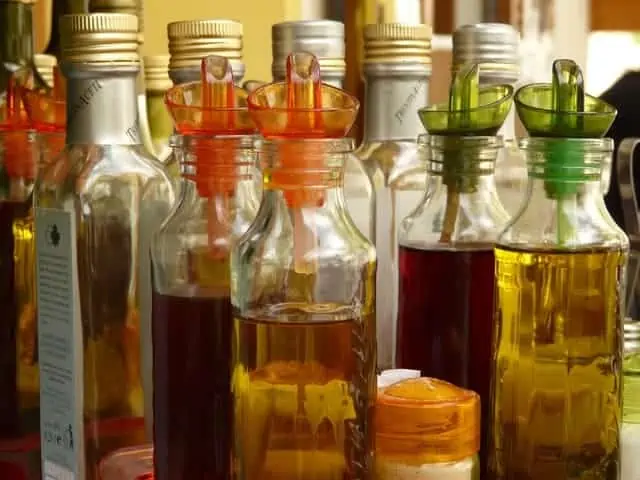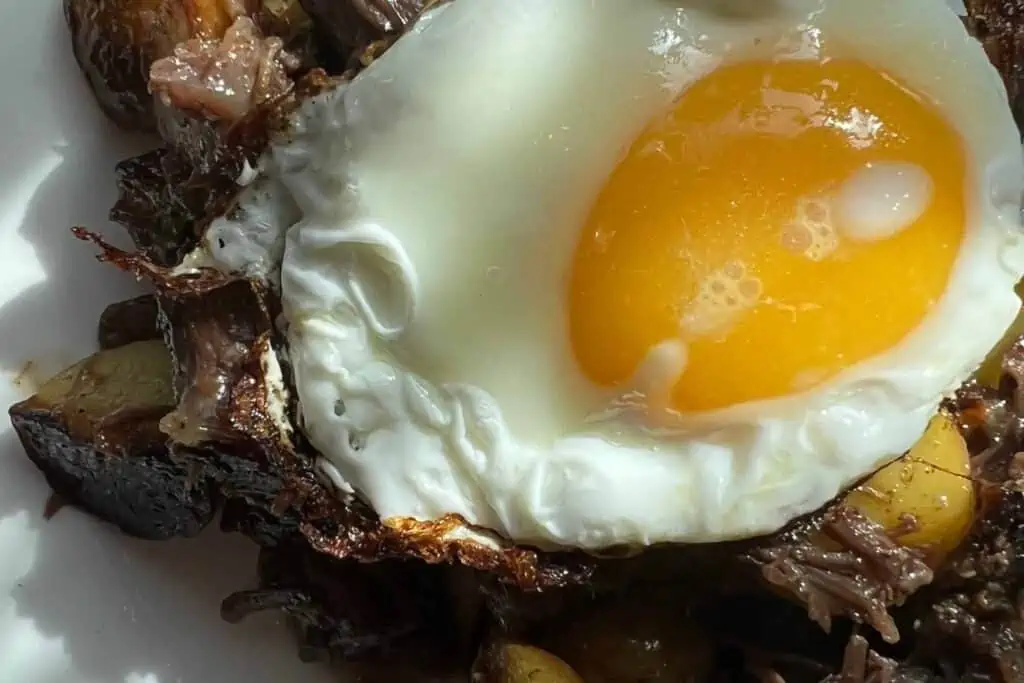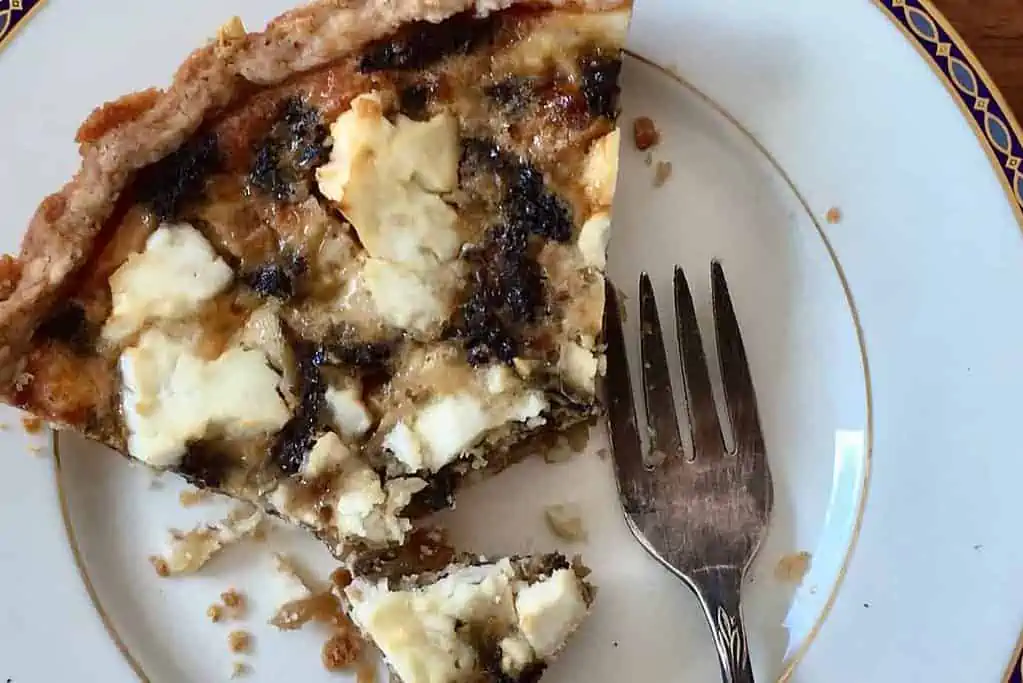Communities around the world have been preserving food and beverages since the Neolithic Age, in order to extend their shelf life. In the Yukon, First Nations traditional foods include, for instance, dried meat and fish, or meat preserved with animal fat. On the coast, for Indigenous communities such as the Nuxalk, fermentation processes are widely used for preserving salmon heads, beaver tails and seal flippers.
So, what is fermented food?
Fermenting is the process of transforming a food, usually in the absence of oxygen (thanks to the action of micro-organisms, such as bacteria and yeasts, which produce energy).
Several types of fermentation exist. The most-popular ones are ethanol fermentation (for beer, wine and bread) acetic fermentation (for vinegar), and lactic acid fermentation (for all fermented dairy and veggie products).
Ethanol fermentation—winemaking at home
Ethanol fermentation happens when sugar is changed into alcohol in a liquid without any air, at room temperatures of up to 30℃ or 86℉. We can find micro-organisms everywhere in nature. Fruit is covered with bacteria and yeasts (the thin white layer on the skin of grapes, for instance).
Traditionally, wine is made by crushing grapes, using hands or feet, to get the must (unfermented juice) containing the skins, seeds and stems. The natural yeasts then spread into the juice and start the fermentation process in a closed container or wooden barrel. Thanks to the yeasts, the sugar contained in the fruit will be transformed into gas and alcohol. Once the fermentation is done, the must is removed and the juice is filtered and can be drank as is, or it can go back into the barrel for the wine to mature, in order to get a more-pronounced flavour.
This method can be used with any fruit that you have in your garden or that you have harvested in the forest, as long as no chemicals have been sprayed on them! Currants, haskaps, Saskatoon berries or sea buckthorns can be used and mixed together according to your taste.
Vinegar or acetic fermentation
Vinegar (literally, sour wine) is made with alcohol. This fermentation occurs after the ethanol fermentation and it needs oxygen. The ethanol is transformed into acetic acid, thanks to the acetic bacteria available in the environment (as on fruit flies) and in the presence of air.
A vinegar “mother” (scoby) will form at the top of the liquid after a few weeks or months.

Homemade Vinegar
Ingredients
- Natural wine (fruit only—nothing added to the fruit or in the process), around 7–10°C for alcohol. If your wine is too concentrated in alcohol, let the open bottle rest for a few days. The alcohol will partially evaporate.
- Natural vinegar (not pasteurized or filtered), where you can see some “layers” at the bottom of the bottle (the mother).
Instructions
The mother …
- Add 1 cup of vinegar.
- Cover with a clean linen or a paper towel (so the bacteria can breathe), but avoid anything else coming into the liquid.
- Let it rest at room temperature and wait 2–3 months for the mother to begin growing (the colder the room is, the more time will be needed).
- The mother can then be split into different jars to make several vinegars. The scoby can be kept in a pot (jam-jar type), with a gauze and a lid on top (not sealed), so the mother can continue breathing. Add wine to cover.
The vinegar …
- Put a piece of the mother into a large glass jar.
- Add wine.
- Cover with gauze or linen, so the lid is not sealed and put a plate on top. Do not leave in the sunlight, but keep in a dry, dark place such as a cupboard.
- Wait for a month or so, then taste it. The mother is usually at the top of the jar, with dead bacteria, and the vinegar does not taste like wine anymore. Those characteristics mean the vinegar is ready and the mother needs to be fed again.
- You can extract the vinegar into a clean bottle and add more wine to the jar, with the mother, to start the process again.
Vinegar is delicious as is, but it can also be flavoured, according to your taste and to the season, with seasonal fruits, plants, flowers. Let the flavours develop in the vinegar for two weeks before consuming.
The widely known lactic bacteria
Following the same principles as for winemaking, vegetables have a layer of microscopic fungus and bacteria on their skins. If cut and placed outside for a long time, they would decompose.
However, with salt but no air, lactic fermentation will occur, eating the sugar from the food and transforming it into lactic acid. This acidity prevents any risk of spoilage.
This fermentation is used for a wide variety of foods: sourdough, yogurt, cheese, salami, and fruits and vegetables such as sauerkraut, kimchi, pickles, lemons, olives, garlic, beetroot, carrots, etc.
More fermentation recipes to come in the next columns!




